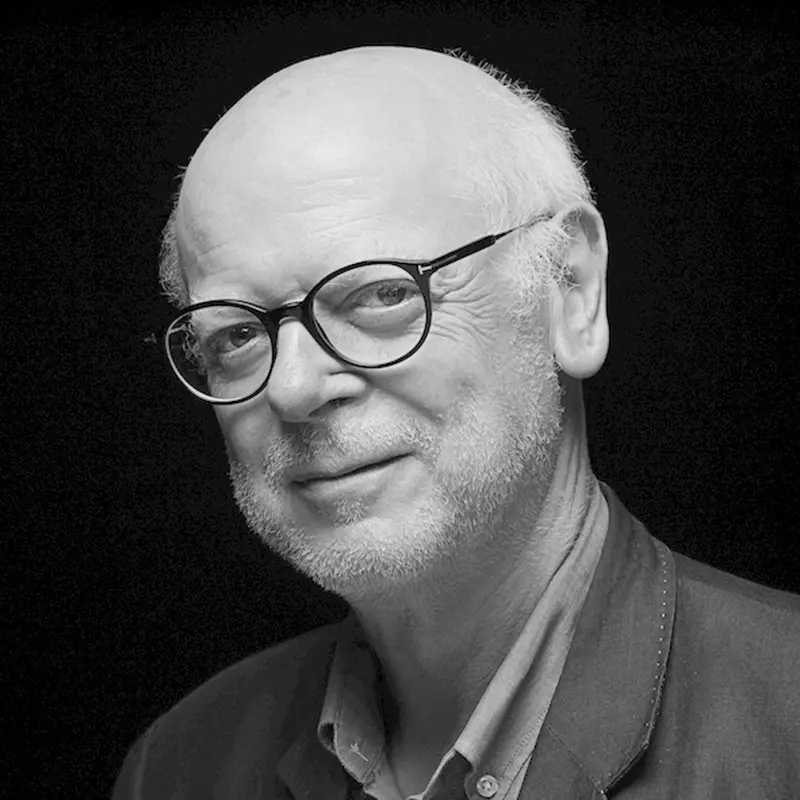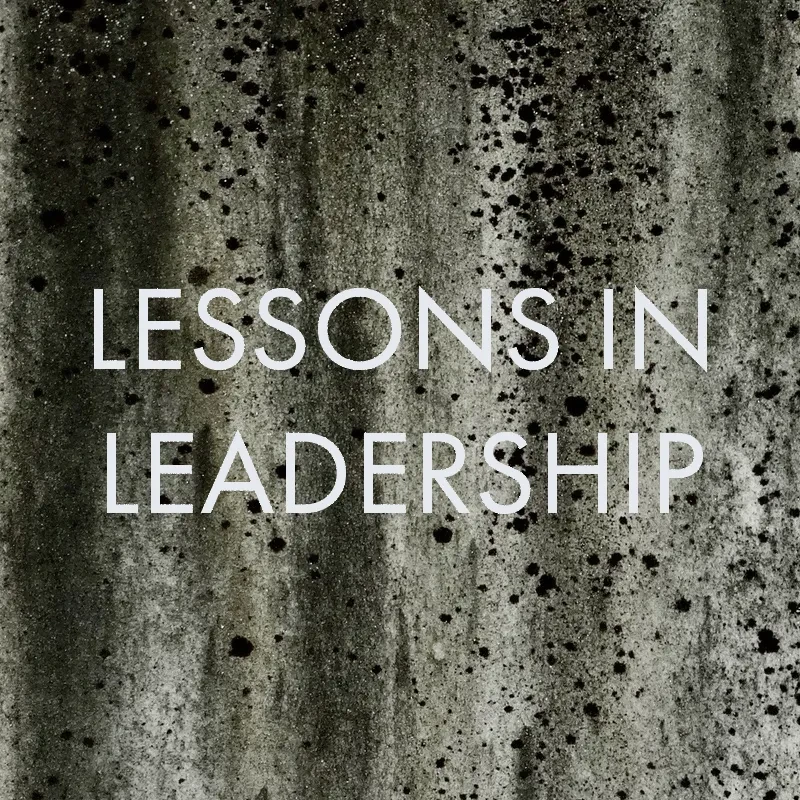
The Myth of the Undeserving Poor
Paul Hyett
Co-founder of Vickery Hyett Architects, Design Futures Council Senior Fellow
July 17, 2024
Can we create a new building typology and do the right thing?
As a child I well remember the fear my grandmother expressed for “the workhouse.” One of fourteen children born into a rural community, she had been “put into service” at the age of thirteen in the nearby house of a wealthy family. This relieved her own family of the burden of maintaining her. Back then, large families who could not manage financially lived in constant fear of being “sent to the workhouse” as a consequence of homelessness.
The 19th century had seen rapid urbanisation across the U.K., and in the Victorian era virtually every town and city across the land had a workhouse wherein conditions were fearsome, as was so well described in Charles Dickens’ novel “Oliver Twist.”
Poverty per se was not new, and notably, throughout the long history of Christianity in the U.K., the church, in its various forms, had always been active in caring for the poor and the sick.
By the Middle Ages, the Catholic Church had formalised medical and social support for the needy through the monasteries, but, following the break-up of the monastic communities consequent on Henry VIII’s split with Rome, the state began to assume responsibility for the poor.
Thereafter, Queen Elizabeth I’s Poor Law legislation of 1601 effectively created a national system of care by raising taxes from parishes and homeowners for use in alleviating suffering related to poverty. Those funds saw the early construction and operation of almshouses, hospitals, orphanages and workhouses, which brought with them a variety of bespoke new forms of architecture.
However, despite the formalised management of those in need (broadly categorised within four groups: children, the aged and infirm, the genuinely unemployed and the so-called “wilfully idle”) a social stigma would attach to the poor, who would increasingly come to be seen as “blameworthy of their plight.”1
Such attitudes would be challenged by the “New Jerusalem Movement,” which sought a new and better “deal” for those from the working classes who had given so much to Britain’s efforts during two world wars. By this time, the Established Church had distanced itself from the workhouse system but, along with other churches, particularly the Methodists and the Salvation Army, it had never lost sight of its duty toward the poor, the destitute and the sick.
Indeed, Christian leaders made an invaluable contribution to the structuring of the new and unprecedented initiative the welfare state would represent, its most ambitious component being the National Health Service, which brought the best in health care at no cost at the point of delivery to the entire British population. In anticipation of its formation, William Temple, as head of the Church of England, had raised public consciousness of society’s responsibility for the poor and of the evils of the extreme inequalities of wealth across the nation in his book “Christianity and Social Order” (1942). Temple was a close friend of William Beveridge, whose report formed the blueprint for the Attlee government that would introduce these programmes in the aftermath of World War II.
Thus, we now witness the crushing convergence of multiple agendas that combine to create an exponential increase in poverty and homelessness in our own homelands as two of the world’s leading democracies prepare for elections.
The U.K. scene was thus set (as sociologist Thomas Marshall would write in 1965, “the overall responsibility for the welfare of citizens must lie with the state”) and throughout the 1950s, ’60s and ’70s, the main political parties within the U.K. remained committed to maintaining the essential components of the welfare state: free education and health care for all, pensions for the elderly and financial assistance for the vulnerable and unemployed.
Sadly, however, even though the intention had never been to create a culture of dependency, a growing perception emerged in the later ’70s that the “benefits system” all too often provided good lifestyles for those too lazy to work. The popular press, particularly the Daily Mail, would come to fuel those concerns even after successive Thatcher governments had set to with various initiatives to “roll back the state.”
Thus, a renewed hardening of attitudes to the poor, not seen since the Victorian era, has again emerged as reflected in recent surveys of “British Social Attitudes” that have found “support for additional spending on welfare benefits for the poor is considerably lower now than it was when the question was first asked in 1987.” Much of the decline in sympathy had apparently occurred in the 1990s, just as the main beneficiaries of the welfare state (those who had enjoyed its support all their lives) were coming toward retirement.
The hollow ring of Titanic and ladders there!
That apparent decline in sympathy seems to have been inversely proportionate to the improved fortunes of the well to do. By 2015 the gap between the rich and the poor in the U.K. was widening faster than in any of the so-called developed countries, with the wealthiest 10% by then earning some 12 times that of the poorest 10% of our society. Today, it is common to see company leaders receiving, with bonuses and profit share, sums well over 50 times that of the lowest-paid full-time employees within their companies. Indeed, it is shameful that some in full-time employment can only make do with the charitable help of foodbanks.
But help, in the form of handouts and welfare, is inadequate in the long-term. The underlying causes of such poverty in the cities of the developed world can only be addressed by integrated socio-economic-political thinking — of which we currently have a dearth.
In DesignIntelligence Q1 2024 I referenced Cordell Hull and Franklyn D. Roosevelt, both of whom were ardent adherents of the progressive Wilsonian belief that free trade would promote not just prosperity, but also peace. However, I am sure that neither Woodrow Wilson nor those from the western democracies who promote the free trade agenda had ever anticipated that our home manufacturers would (sometimes with cynical disregard for their employees’ interests) pursue competitive advantage by outsourcing production of everything from clothes to kitchen utensils to far-off lands where labour is cheaper and, all too often, unregulated.
Thus, we now witness the crushing convergence of multiple agendas that combine to create an exponential increase in poverty and homelessness in our own homelands as two of the world’s leading democracies prepare for elections: the U.K. on 4 July (ironically Independence Day in the U.S.) and the U.S. on November 5 (ironically, Guy Fawkes’ Bonfire Night in the U.K.). Do we have leaders with the sophistication to respond to these complex issues? Perhaps more poignant: Do we have electorates willing to demand and tolerate policies that will alleviate, and ultimately solve, such problems?
We must find a new building typology through which the problems of poverty can be alleviated.
As a child I occasionally witnessed our town’s “vagrant,” who used to sleep in shop doorways. Today, such unfortunate people can be found by the thousands across the streets of our towns and cities. Many are refugees, some are mentally ill. All suffer terribly, especially in our winter periods.
Most are harmless, some are threatening, and some take to crime, but together their impact on our streets, and upon the public places within our towns and cities, is becoming increasingly noticeable. Not just by their presence, but by our society’s newfound architectural response to the perceived problem: Ever larger parts of what was the “public realm” (commercial districts and shopping arcades) are being policed by private security firms by day and being shut at night.
Most noticeable of all, individual houses within our suburbs are, with increasing frequency, being cocooned within high security fences and locked gates, whilst new “up-market” residential estates languish behind security gates to be accessed only through closely guarded entrances.
All of which is generating an ever-grimmer architecture and a significant departure from the culture those who love cities and city life should be seeking to protect.
In DesignIntelligence Q1 2023 I referenced Harvard Philosopher Michael Sandel’s book “The Tyranny of Merit,” in which he argues convincingly that the impoverished not only have a right to resources, but also a right to contribute to our society. This takes us to the heart of the problems of unfettered and unregulated capitalism: If the jobs are no longer there by virtue of mechanisation, or simply of offshore outsourcing of production, how can the workers so affected provide for themselves and their families or contribute?
Unsolved, these problems will lead to ever more defensive, even fortress-like architectures as our city districts evolve into “no-go” zones or “protected areas” preserved by force for the privileged. Meanwhile, stepping over our brothers and sisters living in cardboard boxes and flimsy tents in freezing shop doorways is shameful to a supposedly civilised society, and the threat that some of the destitute pose to the well-being of all will ultimately become intolerable. So, the nettle must be grasped, and we must find a new building typology through which the problems of poverty can be alleviated.
We still have old people’s homes and assisted living, and we have prisons and hospitals, but I sense a new building typology is required to offer what the workhouse (the last of which shut in 1948) failed to provide. I would call this the “faircampastery” — a word derived from “welfare,” as in the welfare state, with all its connotations of fairness; from “campus,” as in places of teaching and learning; and “monastery,” borrowing from the monastic tradition of helping the destitute and homeless back into health and self-sufficiency. Such “faircampasteries” would, like the old monasteries, be located around the country to meet the needs of those who have simply been unable to compete any longer.
Expensive? Of course, but a small price to pay for doing the right thing.
Footnotes:
1 Martin Charlesworth and Natalie Williams, The Myth of the Undeserving Poor (Surrey, UK: Grosvenor House Publishing, 2014), 10–11.
Paul Hyett is co-founder of Vickery Hyett Architects, a senior fellow in the Design Futures Council and a regular contributor to DesignIntelligence.




